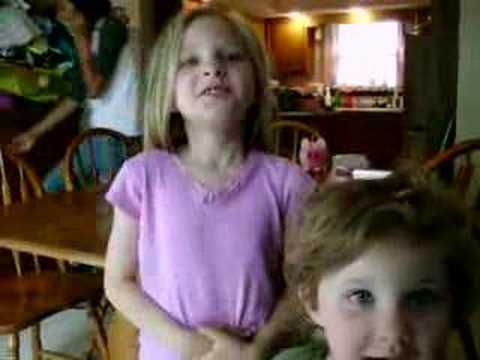8.47: Chronic Motor and Vocal Tic Disorder (307.22)
- Page ID
- 23241
DSM-IV-TR criteria
- A. Single or multiple motor or vocal tics (i.e., sudden, rapid, recurrent, non-rhythmic, stereotyped motor movements or vocalizations), but not both, have been present at some time during the illness.
- B. The tics occur many times a day nearly every day or intermittently throughout a period of more than 1 year, and during this period there was never a tic-free period of more than 3 consecutive months.
- C. The onset is before age 18 years.
- D. The disturbance is not due to the direct physiological effects of a substance (e.g., stimulants) or a general medical condition (e.g., Huntington’s disease or postviral encephalitis).
- E. Criteria have never been met for Tourette’s Disorder.
Associated features
Chronic Motor and Vocal Tic Disorder is more common than Tourette’s Disorder. Individuals with Chronic Motor and Vocal Tic Disorder have a very hard time suppressing the urges that a tic can bring. The tension, for most people, can be described as an occurrence that falls in between a voluntary motion and an involuntary motion; similar to the need to scratch an itch, it can be avoided but the tension isn’t relieved until a tic takes place. Some common complex motor tics include Copropraxia, (making obscene and inappropriate gestures) and Echopraxia, (mimicking another person’s movement). Some common complex vocal tics include Echolalia, (mocking a statement or phrase or noise that was heard most recently) and Coprolalia, (saying something that is vulgar or socially unacceptable).
Child vs. adult presentation
People most often present with Chronic Motor and Vocal Disorder before age 18 and it is rarely diagnosed after the age of 18. If the disorder develops between the ages of 6 and 8, the chances of the individual getting control of the tics and living a normal life are ideal; however, if it is diagnosed later on in life the individual will probably always have to deal with the disorder.
Gender and cultural differences in presentation
This disorder presents itself in all ethnic groups, but is three to four times more common in males than females, and is generally found in children rather than adults.
Epidemiology
Occurring more often than Tourette’s syndrome, chronic Motor and Vocal Disorder is prevalent in 1 to 2% of our population. It is less common than transient tic disorder.
Etiology
Heredity plays a large role in the development of Chronic Motor and Vocal Tic Disorder. Tourette’s Disorder may also be genetically shared with Chronic Motor and Vocal Tic Disorder because it is often seen in the same families.
Empirically supported treatments
Depending on how severe and how often the tics occur determines the treatment method used. Also, depending on how the tics affect the individual’s daily life, such as the distress it causes because of work or school, will depend on the treatment method as well. Behavioral therapy is one approach; this is where things like relaxing techniques and habit-reversal training are taught. Pharmacologic therapy is another approach; here drugs are used to reduce the individuals tics and urges but does not ever completely eliminate them. One last approach is Psychological therapy; counseling is provided to the individual and sometimes even the family, in order to help deal with the social and emotional issues that an individual develops because of this disorder.
Links
The MayoClinic provides a video on Tics that discusses the different types of tic disorders and the characteristics of tics. See video: http://www.youtube.com/watch?v=4OM6pbzVnbQ


